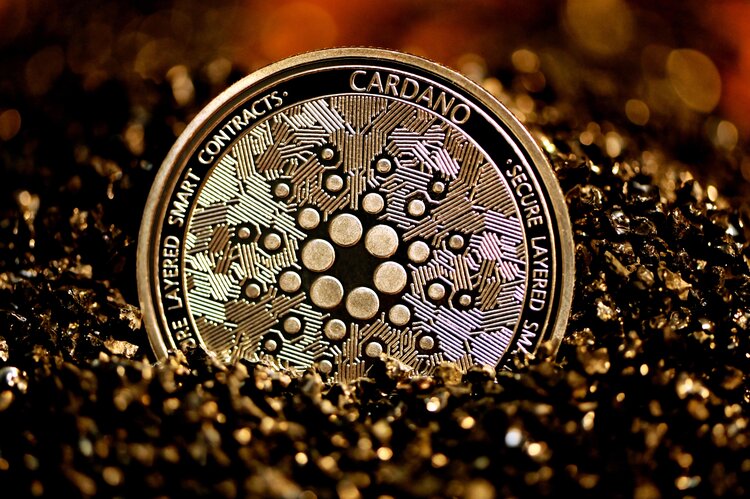- Cardano has launched its first mainnet compatible Hydra node aimed at increasing scalability.
- The Hydra Head is a major milestone toward making transactions on the Cardano blockchain faster.
- Cardano’s native token ADA has gained nearly 2% since the announcement of Hydra’s launch.
Layer 1 blockchain network Cardano has announced the launch of Hydra Head (version 0.10.0), a layer 2 mainnet compatible scaling solution that aims to enhance the transaction speed on the network by increasing throughput and minimizing delays. The scaling tool is active on Cardano’s mainnet.
Cardano developer Sebastian Nagel took to Twitter recently to share the latest development. According to Nagel, the release of the first mainnet compatible version of the Hydra node came after months of demonstrating the scaling tool on the Cardano mainnet. The latest milestone included solving a host of other issues like updating dependencies and fixing Hydra’s arithmetic underflow.
According to the Github repository tweeted by Nagel, Cardano’s developers also updated the application programming interface (API) to accommodate for a first round of user requests. The API client is now allowed to control the server output, which includes configurable transaction format and configurable latching of history.
The next order of business for Cardano’s developers is to work on the upcoming elements of the blockchain’s roadmap. According to the Hydra Head roadmap posted on Github, the next objectives laid out in version 0.11.0 are supporting timed transactions, commits from external wallets, and authenticating network messages. The objectives scheduled for later include Hydra node software scripts and protocol updates along with building and deploying a Hydra heads explorer.
Data from CoinMarketCap shows that Caradno’s native token ADA has gained nearly 4% since the announcement of Hydra Head’s launch. At the time of writing, ADA was trading at $0.365. With a market capitalization of $12.7 billion, ADA is currently the seventh-largest cryptocurrency in the world. Its daily trading volume came in at $266 million.











